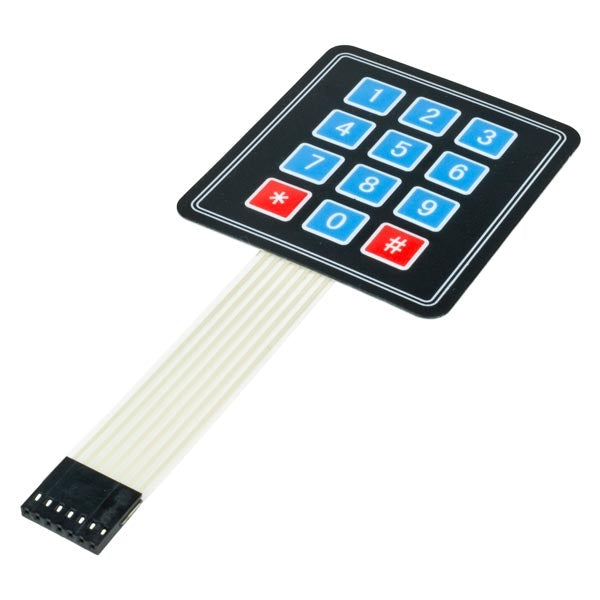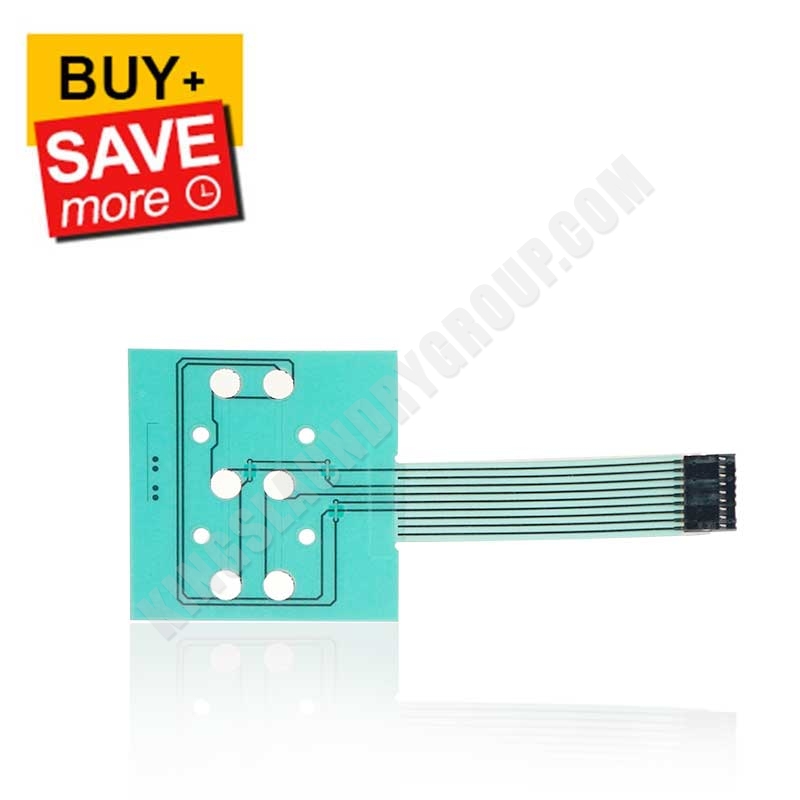The Advantages of Using Membrane Layer Changes in Customer Electronics
Membrane buttons are progressively recognized for their considerable advantages in customer electronics, specifically in improving user communication and simplifying production processes. Their capacity to give intuitive user interfaces and responsive responses can considerably lower individual mistakes, while their lightweight building and streamlined manufacturing actions add to cost-effectiveness and quicker market entrance. In addition, the flexibility in layout permits customized remedies that meet varied customer needs. Yet, the effects of these advantages extend past plain functionality, hinting at a transformative capacity for the future of digital tools. What more benefits might emerge as this innovation advances?
Boosted User Experience

In today's affordable landscape of consumer electronics, improved user experience is critical; nearly 85% of users focus on instinctive user interfaces. Membrane layer changes play a vital function in accomplishing this level of usability. Their level, inconspicuous style enables seamless integration right into numerous gadgets, minimizing mass while keeping capability. This style aesthetic not just improves the visual allure however likewise adds to an extra streamlined user communication.
The tactile feedback given by membrane buttons is crucial for assisting user activities, making sure that commands are registered properly. This feedback device enhances and reduces mistakes user satisfaction, promoting a positive partnership between the gadget and the customer. The adjustable nature of membrane layer switches over allows producers to customize user interfaces to specific individual demands, making tools much more easily accessible and welcoming.
Furthermore, membrane layer buttons can incorporate backlighting and graphic overlays, even more improving presence and use in varied settings. This adaptability guarantees that gadgets stay straightforward and useful, despite the setup. Overall, the integration of membrane switches right into customer electronic devices significantly improves customer experience, driving brand name commitment and contentment in an increasingly competitive market.
Cost-Effective Production
Customer electronic devices makers are frequently looking for methods to balance high quality with cost, and membrane switches supply an engaging solution for cost-effective manufacturing. These components are naturally less complex than traditional mechanical buttons, which minimizes both manufacturing prices and intricacy. The light-weight style of membrane switches over enables for lower delivery expenditures and easier integration right into small devices, further boosting their charm in an open market.
Suppliers can create membrane buttons in high quantities, taking advantage of economic situations of range. This automation ability guarantees regular high quality while considerably lowering per-unit expenses. Additionally, the products used in membrane layer switches, such as polyester and polycarbonate, are commonly less costly than those required for standard switch modern technologies, adding to overall expense savings.
The manufacturing procedure for membrane changes generally calls for fewer actions and less labor contrasted to various other switch kinds. This streamlined method not only saves money on labor expenses but likewise increases time-to-market, allowing business to respond promptly to customer need. The mix of reduced material costs and effective manufacturing procedures placements membrane switches as a clever financial investment for producers aiming to provide navigate to these guys high-grade customer electronic devices at affordable price points.

Style Flexibility and Personalization
While traditional mechanical switches often impose restrictions on design because of their mass and required placing mechanisms, membrane buttons give exceptional adaptability and customization choices for customer electronic devices. This innovative innovation permits developers to create smooth, inconspicuous user interfaces that can seamlessly integrate right into various product aesthetics, from mobile phones to cooking area home appliances.
Membrane layer switches can be created click here for info in essentially any type of form or size, allowing makers to customize the format to details ergonomic and functional requirements. This adaptability not only enhances user experience yet also enables artistic designs that align with brand identification. Furthermore, the use of printed graphics on membrane layer switches over supplies the possibility for complex styles and lively colors, which can be easily modified without substantial price effects.
Additionally, membrane switches can incorporate multiple performances right into a single layer, reducing the demand for several elements and simplifying setting up procedures. This structured style approach decreases area and weight, making it suitable for small customer electronic devices. Generally, the design adaptability and personalization capabilities of membrane switches encourage manufacturers to introduce, inevitably bring about more interesting and easy to use items.
Toughness and Reliability
As modern technology remains to advance, the sturdiness and integrity of membrane buttons have actually ended up being essential considerations for suppliers in the consumer electronic devices industry (membrane switch). Membrane buttons are made to endure rough environmental conditions, consisting of temperature level changes, dampness, and dirt exposure. Their robust building and construction frequently entails multi-layered materials that offer an efficient obstacle versus contaminants, making sure long life and regular performance

Moreover, membrane layer switches can withstand a substantial number of actuations without loss of performance, usually exceeding numerous cycles. This sturdiness equates to decrease replacement expenses and lowered downtime for suppliers and consumers alike. On the whole, the combination of environmental durability and mechanical integrity makes membrane layer switches a tactical option for customer electronic devices, ensuring that devices stay reliable and functional throughout their desired life-span.
Streamlined Item Development
The sturdiness and dependability of membrane layer switches over considerably add to streamlined product development in the consumer electronic devices sector. By integrating these buttons early in the layout procedure, suppliers can lower the intricacy and variety of elements needed in their items (membrane switch). Membrane switches are lightweight and compact, enabling a lot more effective area use within gadgets, which can cause simplified assembly processes
Furthermore, the personalization abilities of membrane buttons allow designers to tailor attributes particularly to consumer needs without sustaining extreme costs or delays. This flexibility promotes development, as companies can swiftly repeat designs based upon market comments, ultimately increasing the time-to-market for new items.
The ease of producing membrane switches additionally plays a critical function in item advancement. With modern-day printing techniques and products, manufacturing can be scaled effectively, minimizing lead times and lowering waste. This leads to reduced production expenses, boosting overall earnings.
Verdict
In conclusion, membrane changes dramatically boost customer electronic devices by offering an enhanced individual experience, cost-efficient production procedures, and functional style choices. The combination of membrane layer changes stands for a critical choice for makers looking for to optimize product design and performance.
Membrane layer buttons are progressively acknowledged for their considerable advantages in customer electronic devices, especially in enhancing user communication and enhancing production processes. In addition, the materials used in membrane layer switches, such as polyester and polycarbonate, are typically less pricey than those required for conventional button innovations, contributing to total expense financial savings.
The production process for membrane layer changes generally calls for fewer actions and less labor contrasted to various other switch kinds. Unlike conventional mechanical buttons, which might wear out over time, membrane layer switches make use of a closed layout that lessens the risk of mechanical failing.In conclusion, membrane layer switches significantly boost consumer electronic devices by offering a boosted user experience, cost-efficient manufacturing procedures, and versatile layout choices.